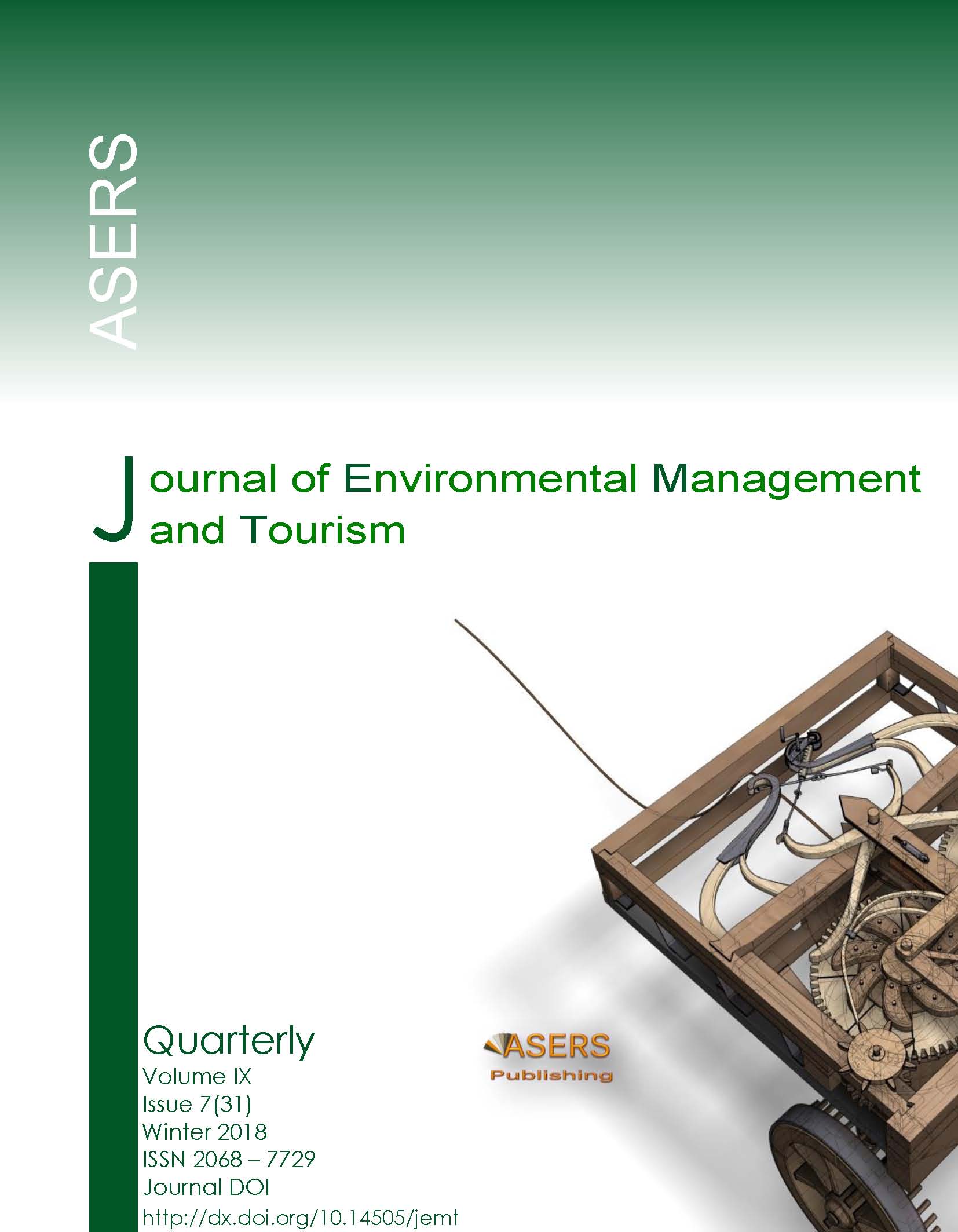Management of Soil Fertility Based on Improvement Methodological Approach to Evaluation of Arable Land: Case of Ukraine
Management of Soil Fertility Based on Improvement Methodological Approach to Evaluation of Arable Land: Case of Ukraine
Author(s): Yevhenii Ulko, Anatolii Kucher, Iryna SALKOVA, Nataliia PRIAMUKHINASubject(s): Economy, Agriculture
Published by: ASERS Publishing
Keywords: management of soil fertility; innovation methodological approach; economic land pricing; normative monetary evaluation of arable land; humus; soil quality; stochastic harmonic models (SHM);
Summary/Abstract: The article deals with the issues of the management of soil fertility based on the application of two methodological approaches to arable land normative monetary evaluation (NME). These researches have been conducted on the results of economic activity of the Poltava region agrarian enterprises of Ukraine. The differences between the two methodological approaches to the calculation of the NME of arable land in the Poltava region are shown. These approaches, namely, on cereals and on five agricultural crops, presuppose the calculation of the NME of arable land on the basis of capitalized rent income. The approaches are similar to the Ricardian model of land pricing, which is being widely used with its various modifications in different countries of the world. Our own methodology for analyzing the approaches to the NME of arable land, based on the developed stochastic harmonic models (SHM), is represented in the article.The application of the two methodological approaches to the calculation of the NME of arable land in the Poltava region of Ukraine, which presupposes its consideration on the data concerning cereals and five agricultural crops, revealed essential differences between them in the course of the conducted economic-mathematical analysis. It has been found that the methodological approach on cereals has a lower level of the explanatory attribute variation (of humus content in soils) compared to five agricultural crops. That finally leads to the essential difference in the optimum values of the arable land NME at increasing humus content in soils. Thus, the optimum value of the arable land NME within the second methodological approach is twice as much as within the first one. The measures to improve the arable land NME, based on the data of the Poltava region and can be successfully used all overUkraine, as well as in many countries of the world. The advantages of applying the methodological approach based on five agricultural crops were studied and grounded in the current research. This approach proves the dependence of arable land NME on the humus content and enables higher objectivity for effective and rational management of soil fertility.
Journal: Journal of Environmental Management and Tourism (JEMT)
- Issue Year: IX/2018
- Issue No: 07 (31)
- Page Range: 1559-1569
- Page Count: 11
- Language: English
- Content File-PDF

